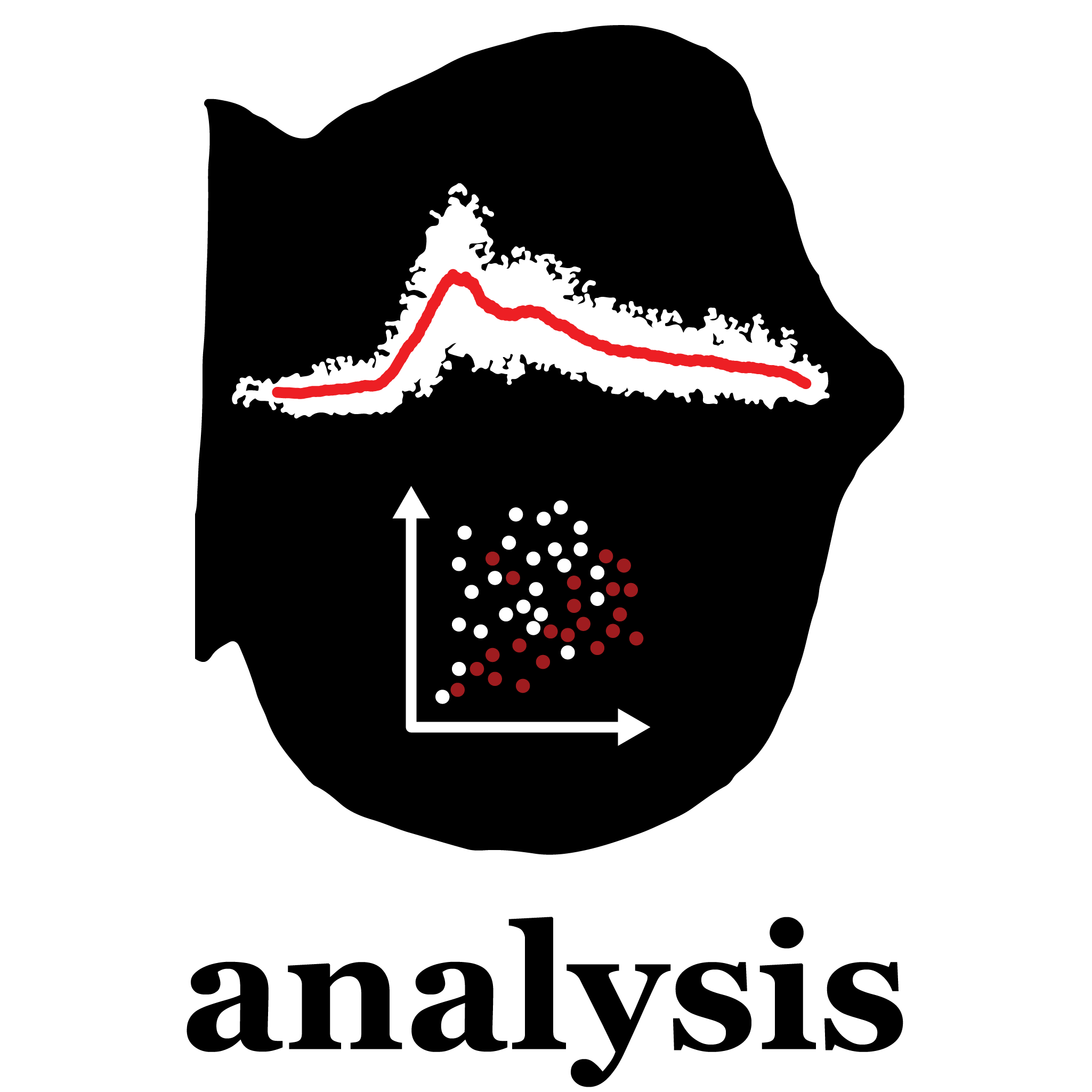from os.path import join
from glob import glob
import numpy as np
import pandas as pd
import matplotlib.pyplot as plt
from matplotlib import gridspec
from .discs import Disc
from .cells import Cells
from ..utilities.iteration import Iterator
from ..utilities.string_handling import format_channel
from ..processing.triangulation import Triangulation
from ..processing.alignment import DiscAlignment, ExperimentAlignment
[docs]class Experiment:
"""
Object representing multiple eye discs obtained under a single set of conditions.
Attributes:
discs (dict) - {disc ID: data.discs.Disc} pairs
num_discs (int) - number of discs within experiment
"""
def __init__(self, dirpath, normalization,
auto_alignment=True,
align_by='ch1_normalized',
**kwargs):
"""
Instantiate object representing all discs obtained under a single set of conditions.
Args:
dirpath (str) - path to directory containing silhouette files
normalization (str or int) - normalization channel
auto_alignment (bool) - if True, align discs
align_by (str or int) - channel used to align discs
kwargs: keyword arguments for disc instantiation
"""
self.discs = self.load(dirpath, normalization=normalization, **kwargs)
# align discs
if auto_alignment:
self.align_discs(align_by)
self.align_to_first_r8()
def __getitem__(self, idx):
""" Returns disc indexed by <idx>. """
return self.discs[idx]
def __iter__(self):
""" Iterate over discs. """
return Iterator(list(self.discs.values()))
@property
def num_discs(self):
""" Number of discs in experiment. """
return len(self.discs)
@property
def num_progenitors(self):
""" Number of progenitor measurements in experiment. """
return len(self.get_cells('pre').data)
[docs] @staticmethod
def load(dirpath, normalization, **kwargs):
"""
Load discs from silhouette files.
Args:
dirpath (str) - path to directory containing silhouette files
normalization (str or int) - normalization channel
kwargs: keyword arguments for disc instantiation
Returns:
discs (dict) - {disc_id: data.discs.Disc} pairs
"""
# identify silhouette files
silhouette_paths = sorted(glob(join(dirpath, '*.silhouette')))
# load discs
discs = {}
for i, path in enumerate(silhouette_paths):
discs[i] = Disc.from_silhouette(path,
normalization=normalization,
**kwargs)
return discs
[docs] def set_ratio(self, num, den):
"""
Add fluorescence ratio to each disc's dataframe, defined by <num>/<den> channels.
"""
for disc in self.discs.values():
disc.set_ratio(num, den)
[docs] def align_discs(self, channel):
"""
Align all discs within experiment.
Args:
channel (str) - expression channel by which discs are aligned
"""
channel = format_channel(channel)
al = ExperimentAlignment(self, channel=channel)
self.discs = al.get_aligned_experiment().discs
[docs] def get_pairwise_alignment(self, window_size=10, **kw):
"""
Compute pairwise quality of alignment between each disc.
Args:
window_size (int) - number of cells for smoothing
kw: keyword arguments for DiscAlignment
Returns:
scores (np.ndarray) - mean quality of alignment for each disc
"""
# compute pairwise alignment between discs
N = self.num_discs
scores = np.zeros((N, N))
for i, d0 in self.discs.items():
for j, d1 in self.discs.items():
al = DiscAlignment(d0, d1, window_size=window_size, **kw)
scores[i, j] = al.score
# mask diagonal
mask = np.ones(scores.shape, dtype=bool)
np.fill_diagonal(mask, 0)
return scores[mask].reshape(N, N-1).mean(axis=1)
[docs] def apply_lag(self, lag=0):
"""
Apply time shift to all discs in experiment.
Args:
lag (float) - time shift applied to each disc
"""
_ = [disc.apply_lag(offset=lag) for disc in self.discs.values()]
[docs] def align_to_first_r8(self, disc_id=0):
"""
Shift all discs s.t. t=0 is the first R8 in the reference disc.
Args:
disc_id (int) - index of disc used as reference
"""
# get time of first R8
reference = self.discs[disc_id]
t = sorted(reference.select_cell_type('r8').data.t.values)[1]
# apply lag
self.apply_lag(lag=-t)
[docs] def get_cells(self, cell_type='pre', **selection_kw):
"""
Return Cells object for all specified cells.
Args:
cell_type (str or list) - type of cells to select
selection_kw: keyword arguments for cell position selection
Returns:
cells (data.cells.Cells)
"""
# assign disc_id
for disc_id, disc in self.discs.items():
disc.data['disc_id'] = disc_id
# get all cells
cells = np.sum(list(self.discs.values()))
# filter cell selection
cells = cells.select_cell_type(cell_type)
cells = cells.select_by_position(**selection_kw)
# sort inplace
cells.sort(by='t')
return cells
[docs] def select_by_concurrency(self,
reference_types,
N=10,
lower_slip=0,
upper_slip=0):
"""
Select cells concurrent with first N identified cells of reference cell type.
Args:
reference_types (array like) - reference cell type(s)
N (int) - number of reference cells defining time window
lower_slip (float) - extension before first reference cell, hours
upper_slip (int) - reference cells skipped (excludes outliers)
Returns:
data (DataFrame) - cells concurrent with reference cell type
"""
# aggregate cells from just before/after their identification
progenitors = Cells()
references = Cells()
for disc_id, disc in self.discs.items():
# select reference cells
ref = disc.select_cell_type(reference_types)
ref.data['disc_id'] = disc_id
n_current = len(ref.data)
if n_current == 0:
continue
# get time of first reference cell
tmin = ref.data.iloc[upper_slip]['t'] - lower_slip
# get time of Nth (or last) reference cell
if n_current >= N:
tmax = ref.data.iloc[N-1]['t']
else:
tmax = ref.data.iloc[-1]['t']
# select concurrent progenitors and reference cells
pre = disc.select_cell_type('pre')
pre.data['disc_id'] = disc_id
pre = pre.select_by_position(tmin=tmin, tmax=tmax)
ref = ref.select_by_position(tmin=tmin, tmax=tmax)
# append cell selections
progenitors += pre
references += ref
# label precursors as multipotent
progenitors.data['Population'] = 'Multipotent'
progenitors.data['original_idx'] = progenitors.data.index
# label neurons as differentiated
references.data['Population'] = 'Differentiated'
references.data['original_idx'] = references.data.index
# label with corresponding reference cell type and append to data
data = pd.concat((progenitors.data, references.data))
data['ReferenceType'] = '/'.join([n.upper() for n in reference_types])
return data
[docs] def get_early_neuron_data(self,
N=10,
lower_slip=0,
upper_slip=1):
"""
Compile Dataframe of early R cells and concurrent progenitors.
Args:
N (int) - number of reference cells defining time window
lower_slip (float) - extension before first reference cell, hours
upper_slip (int) - reference cells skipped (excludes outliers)
Returns:
data (DataFrame) - measurement data for early R cells and concurrent progenitors
"""
cell_types = [['r8'], ['r2', 'r5'], ['r3', 'r4'], ['r1', 'r6'], ['r7']]
data = pd.DataFrame()
for types in cell_types:
x = self.select_by_concurrency(types, N, lower_slip, upper_slip)
data = pd.concat([data, x])
return data

